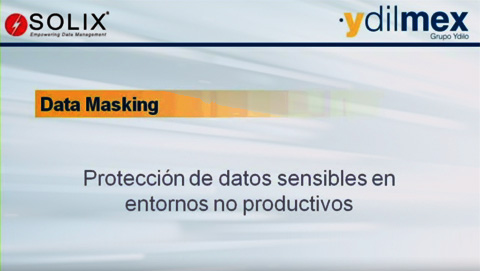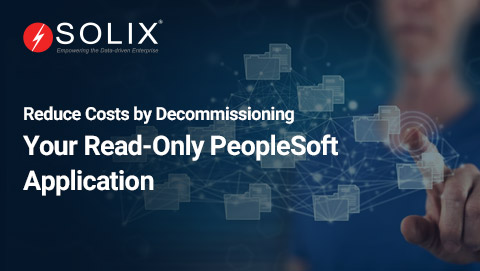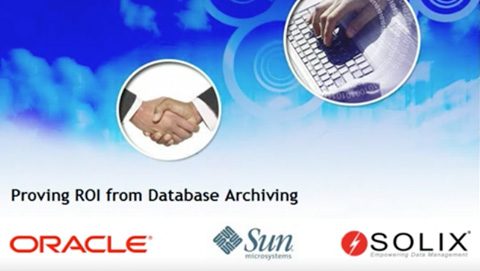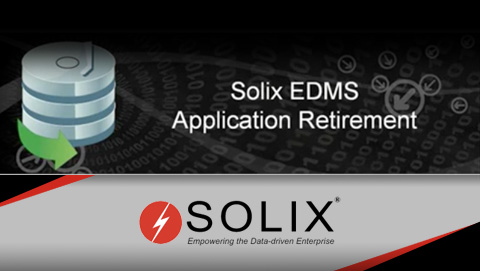Data Lineage
What is Data Lineage
Data lineage refers to tracking and documenting the journey of data throughout its lifecycle, from its origin to its final destination. It provides a comprehensive understanding of where data comes from, what transformations it undergoes, and where it ends up being used.
Why Businesses Need Data Lineage
Businesses rely on accurate and reliable data for decision-making, and data lineage plays a crucial role in ensuring data quality and trust. Here are some key reasons why businesses use data lineage:
- Improve data quality:
By understanding the data journey, businesses can identify potential issues and errors in the data pipeline. This helps to ensure that the data used for analysis is accurate and reliable.
- Simplify compliance:
Data lineage can help businesses comply with data regulations like GDPR and CCPA by providing a clear audit trail of how data is collected, stored, and used.
- Enhance impact analysis:
When changes are made to the data pipeline, data lineage allows businesses to understand the potential impact on downstream systems and reports. This helps to minimize disruptions and ensure a smooth transition.
- Boost data governance:
Data lineage plays a vital role in data governance by providing a centralized view of how data is managed and accessed within an organization. This empowers stakeholders to make informed decisions about data usage and security.
Data Lineage Works
Data lineage involves capturing and storing metadata, which is data about data. This metadata typically includes:
- Data source:
Where the data originates from, such as a customer database or a transactional system.
- Transformations:
Any changes or manipulations applied to the data, such as filtering, aggregation, or joining with other datasets.
- Storage location:
Where the data is stored at each stage of its journey.
- Destination:
Where the data is ultimately used, such as in a data warehouse, business intelligence tool, or application.
This information can be captured manually or through automated tools that track the data flows within an organization’s systems. Once captured, the data lineage information can be visualized through diagrams or dashboards, making it easier to understand the complex relationships between different data points.
Data Lineage Use Cases
Data lineage offers a wide range of benefits across various business functions. Here are some key use cases:
- Data debugging:
When encountering data quality issues, data lineage helps in tracing the problem back to its source, enabling faster and more efficient troubleshooting.
- Regulatory compliance:
Data lineage provides an audit trail for data usage, demonstrating compliance with data privacy regulations.
- Impact analysis:
When changes are made to data pipelines, data lineage helps assess the impact on downstream reports and applications, minimizing risks and disruptions.
- Data governance:
Data lineage empowers data governance teams to understand how data is used across the organization, enabling them to establish data policies and access controls effectively.
- Ensuring data accuracy and completeness in the lineage documentation, especially in complex data environments with multiple sources and transformations.
- Integrating data lineage across disparate systems and platforms to create a unified view of data flows.
- Managing changes in data structures or systems, which may require updates to the data lineage documentation and tracking.
- Balancing the need for detailed lineage information with scalability and performance considerations, especially in large-scale data environments.
By implementing data lineage practices, businesses can gain valuable insights into their data, improve data quality, and make data-driven decisions with greater confidence.
FAQs
What is the difference between data lineage and data provenance?
Data lineage focuses on tracking the flow of data from its origin to its destination, including transformations and storage locations. On the other hand, data provenance is more concerned with the history of data, including its origins, ownership, and changes over time. While data lineage is part of data provenance, the latter encompasses a broader scope of data history and metadata.
Can data lineage be automated, or is it mostly a manual process?
Data lineage can be automated using specialized tools and software that track data flows within an organization’s systems. These tools capture metadata automatically as data moves through various processes, making it more efficient to maintain an up-to-date data lineage. However, some aspects of data lineage, such as documenting business rules or data transformations, may still require manual input or validation.
What challenges are typically faced when implementing data lineage?
Some common challenges in implementing data lineage include:





